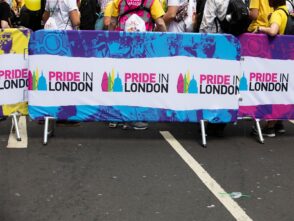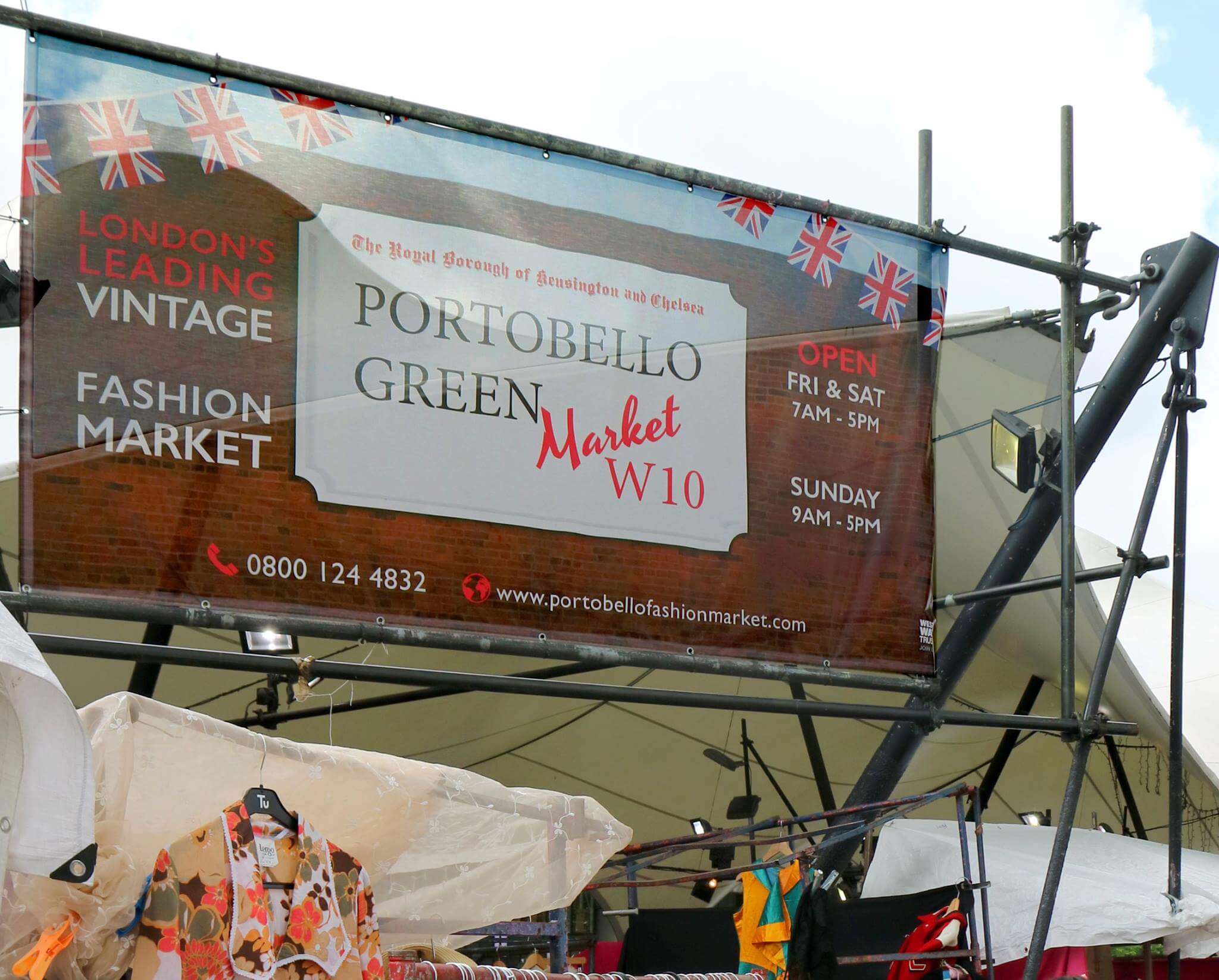Lighting is crucial when it comes to photography. Everything could be set up perfectly – the backdrop, the main subject, the props – but if the lighting becomes slightly skewed, the whole project could be ruined.
Before turning your attention to lighting, you should make sure that you have the best possible backdrop for your needs. Whether you require stark white or a printed pattern, there are plenty of non-reflective fabrics available to guarantee high-quality photographs. There are several ways to achieve a well-lit backdrop.
- Use a spray light
Spray lighting is a technique that creates a dynamic gradient from flat backdrops. It essentially adds a ‘halo’ to the subject which fades out to meet the colour of the backdrop. Point your light close to the backdrop so the light reflects onto it – the closer the light, the smaller the halo effect. Keep the light far enough away from the backdrop to prevent heat damage from the bulb.
- Shoot with a single light
Trying to direct several different lights effectively can get complicated, so why not experiment with just the one. It’s possible to achieve creative, innovative shots with a single light. If you’re shooting portrait images, focus the light on one part of the face to make shadows and move it around to create different light formations. Stark focus on an eye and cheek, while the rest of the face is hidden with shadows, can be just as dynamic as full face exposure.
- Try hidden lights
Hidden lights can be a great asset for photography centred around a subject elevated on a base. One light placed below the subject can create the illusion of a spotlight, while two hidden on the floor pointing towards the backdrop can form some interesting illuminations with shadows.
- Consider crossed beams
If you’re using several types of light, such as studio and hidden, position them so that the light crosses over each other just before striking the backdrop. Crossing light beams help to remove shadows and external lighting effects. It also enables the backdrop to be illuminated seamlessly
How to light a white backdrop
White backdrops are perfect for high-key portraits, headshots and e-commerce fashion where every detail of the subject is highlighted. Firstly, ensure that your white backdrop is seamless. Position your subject so they are approximately nine inches away from the backdrop – this way they can both be lit separately.
The lights to flood the backdrop should be at least three spots higher than the lights facing your subject. Use just one main light, either a softbox or a flash, for your subject. A washed-out subject indicates that the lights are too bright, so experiment with some test shots by dimming them.
How to light a black backdrop
For a burst of drama, a black backdrop is essential. More people are opting for black backdrops opposed to white for headshots and high-resolution images. Such backgrounds allow subjects to stand out in an impressive way.
The lighting directed at your backdrop should be three spots darker than the exposure of your subject so that it becomes entirely black. Even grey, navy or darker backdrops should appear black if set up in this way. Ensure that your subject is placed approximately three feet away from the backdrop. Flags and gobos could be placed after the lights but before the backdrop for seamless photography.
How to prevent shadows on backdrops
Shadows that form on backdrops are formed predominantly by the space between the backdrop and the subject. Place your subject at least three inches in front of your backdrop, possibly more depending on if the backdrop is dark, and keep your main light at a higher angle.
Evenly illuminate the backdrop by ensuring that the light is at least three stops higher than the light pointed at your subject. Opt for high-key lighting if possible, as this will blend out your backdrop and direct focus to the subject.
A blockout backdrop also reduces the formation of shadows as it prevents light from showing through the back of the fabric. It’s the ideal solution for blocking out unwanted light and averting glare.











Leave a Reply
You must be logged in to post a comment.